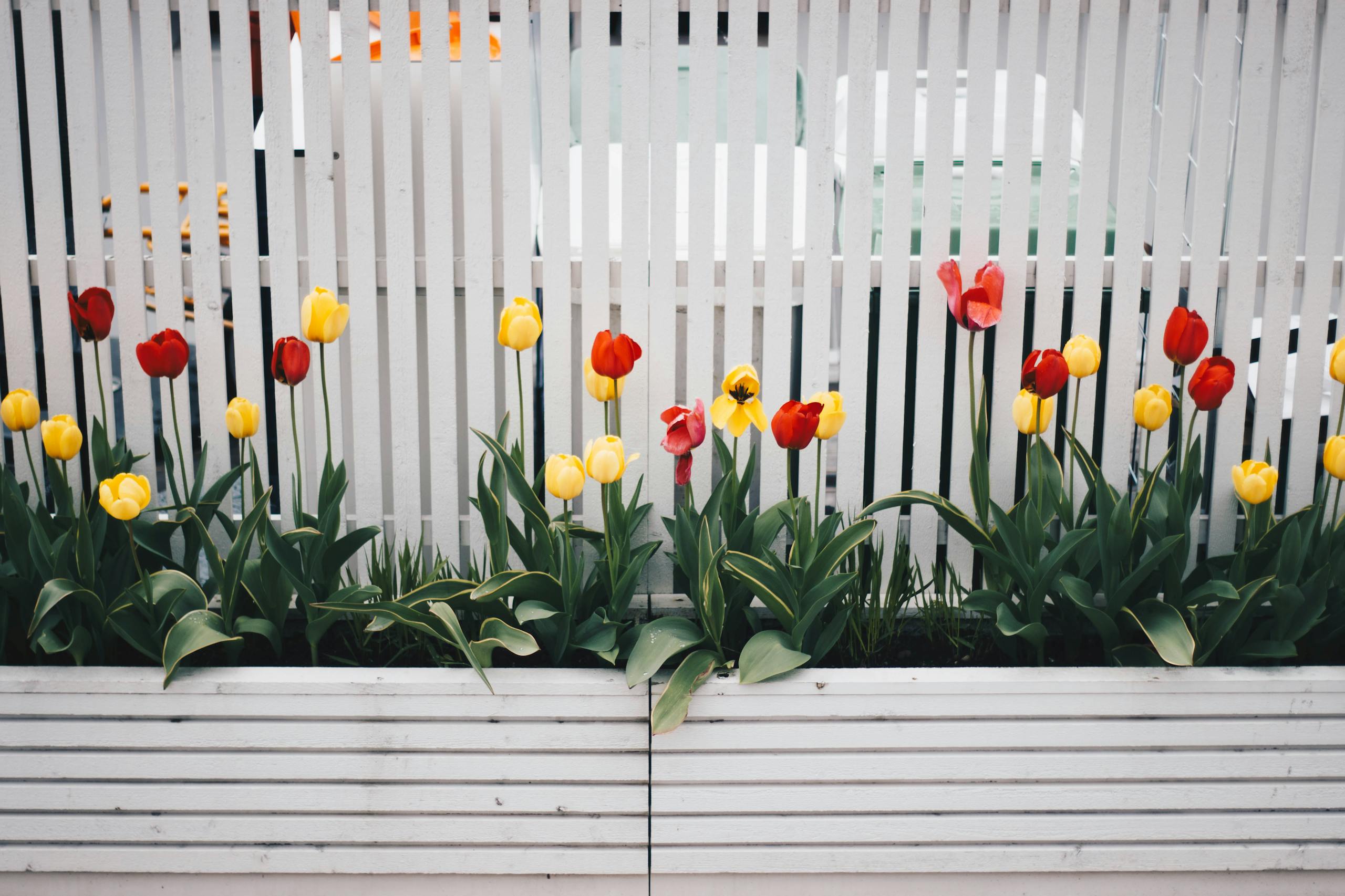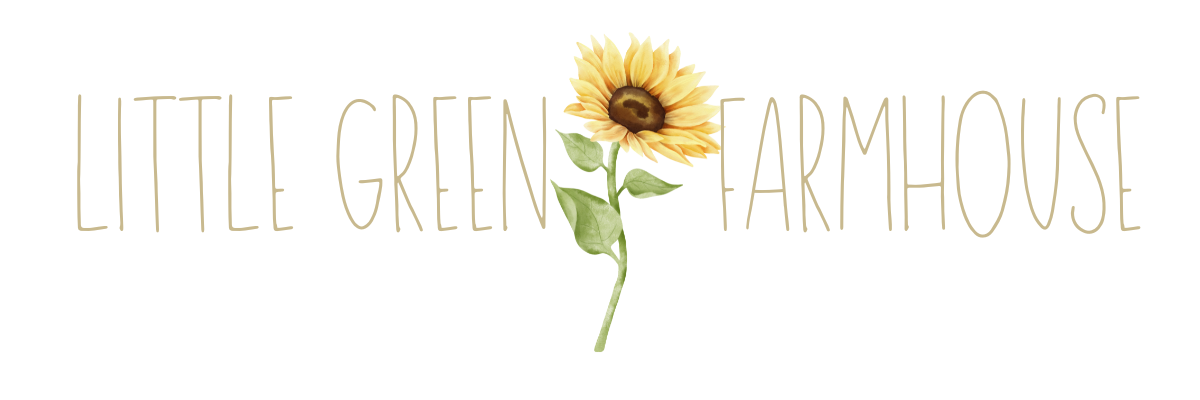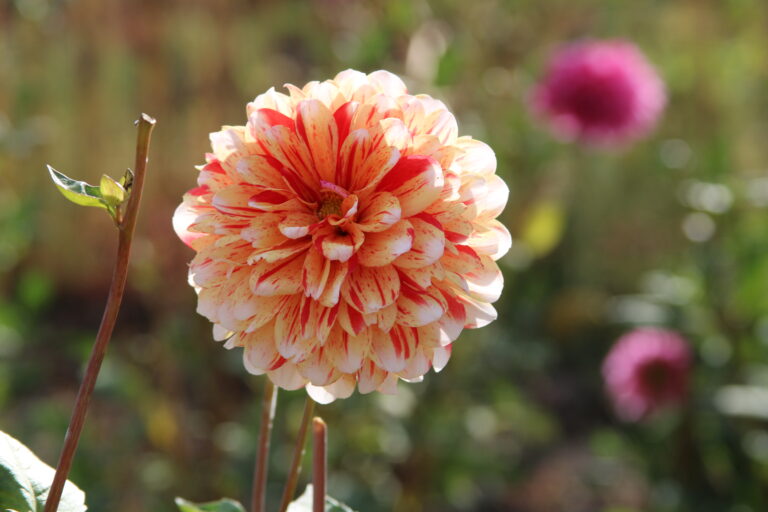How to Start a Cut Flower Garden for Beginners: A Step-by-Step Guide

🌸 Introduction: Why Start a Cut Flower Garden?
A cut flower garden is a dedicated space in your yard or garden specifically designed to grow flowers for cutting and arranging into beautiful bouquets. Unlike decorative flower beds or borders, which prioritize aesthetics from a distance, a cut flower garden focuses on production, abundance, and continuous blooms.
Whether you want to fill your home with fresh flowers, create arrangements for friends and family, or simply enjoy the therapeutic benefits of growing something beautiful, starting a cut flower garden is a deeply rewarding hobby. For beginners, it’s an accessible way to explore gardening while reaping tangible, joyful results.
🌿 Benefits of Growing Your Own Cut Flowers
1. Fresh Flowers on Demand: Enjoy an endless supply of seasonal blooms for your home, gifts, or events.
2. Cost-Effective: Growing flowers saves money compared to buying store-bought bouquets.
3. Pollinator-Friendly: Cut flower gardens attract bees, butterflies, and other beneficial insects.
4. Therapeutic & Mindful: Gardening offers proven mental health benefits, including reduced stress and increased mindfulness.
5. Creative Outlet: Designing bouquets fosters creativity and appreciation for nature’s beauty.
🌱 Step 1: Plan Your Cut Flower Garden
✅ Choose the Right Location
- Sunlight: Most cut flowers need 6–8 hours of full sun daily.
- Soil: Choose well-drained soil enriched with compost.
- Accessibility: Plant in a spot you can easily access for regular cutting and maintenance.
Raised beds or designated garden plots often work best for beginners.
✅ Select the Right Flowers
For beginners, select easy-to-grow, prolific bloomers that provide long stems and vase longevity.
Recommended Flowers for Cut Flower Gardens:
| Type | Examples |
|---|---|
| Annuals | Zinnias, Cosmos, Sunflowers, Snapdragons |
| Perennials | Coneflowers, Black-eyed Susans, Yarrow |
| Bulbs | Tulips, Daffodils, Alliums |
Tip: Start with annuals for faster results and a season-long bloom cycle.
🌼 Step 2: Prepare the Soil
Soil Preparation Checklist:
- Clear Weeds: Remove any existing weeds to reduce competition.
- Amend Soil: Incorporate compost or organic matter to enrich soil fertility and improve drainage.
- Test Soil: Optional, but testing pH can ensure optimal growing conditions (most flowers prefer slightly acidic to neutral pH 6.0–7.0).
Layout Ideas:
- Create rows for easy planting and harvesting.
- Allow for walking paths to avoid compacting the soil.
🌻 Step 3: Planting Your Flowers
Direct Sowing vs. Starting Indoors
- Direct Sowing: Easier and faster for hardy annuals like zinnias and cosmos.
- Indoor Starts: Extend your growing season by starting seeds indoors 6–8 weeks before your last frost date.
Planting Tips:
- Follow spacing guidelines on seed packets.
- Group flowers by height: tallest in the back (sunflowers), mid-height in the center (cosmos), and shortest at the front (zinnias).
- Succession planting (staggering new seeds every 2–3 weeks) ensures continuous blooms all season.
💧 Step 4: Watering and Maintenance
Watering Guidelines:
- Keep soil consistently moist, especially in the first few weeks after planting.
- Morning watering helps prevent fungal diseases.
Ongoing Maintenance:
- Mulch: Apply mulch to retain moisture and suppress weeds.
- Weeding: Remove weeds regularly to reduce competition.
- Feeding: Fertilize monthly with a balanced organic fertilizer for healthy growth.
✂️ Step 5: Harvesting Your Flowers
How to Cut for Longest Vase Life:
- Cut early in the morning when flowers are most hydrated.
- Use sharp, clean shears to prevent damage.
- Immediately place stems in clean, cool water.
- Recut stems at an angle and remove lower leaves before arranging.
Harvesting Tip:
The more you cut, the more your flowers will bloom. Regular harvesting encourages plants to continue producing new stems.
🌼 Best Flowers for a Beginner Cut Flower Garden
| Flower | Bloom Time | Features |
|---|---|---|
| Zinnias | Summer–Fall | Vibrant, long-lasting |
| Cosmos | Summer–Fall | Delicate, airy blooms |
| Snapdragons | Spring–Fall | Upright spikes, variety of colors |
| Sunflowers | Summer–Fall | Cheerful, bold flowers |
| Dahlias | Summer–Fall | Large, dramatic blooms |
| Black-Eyed Susan | Summer–Fall | Perennial, drought-tolerant |
🌷 Design Tips for Continuous Blooms
- Color Coordination: Mix complementary colors for eye-catching bouquets.
- Staggered Planting: Plant in intervals for ongoing harvest opportunities.
- Height Variation: Mix tall, medium, and short plants for visual and practical variety.
🛑 Common Mistakes to Avoid
- Planting too densely, leading to poor air circulation and disease.
- Neglecting deadheading (removing spent flowers), which reduces future blooms.
- Underwatering or inconsistent watering routines.
- Ignoring local frost dates and planting too early.
🌸 Final Thoughts: Start Small, Grow Bold
Starting a cut flower garden is approachable for any beginner with a bit of planning, patience, and passion. The reward is more than just a vase of blooms—it’s the joy of cultivating beauty from soil and seed.
Whether you dream of filling your home with fresh bouquets or simply want to connect with nature, a cutting garden offers a peaceful, productive, and rewarding journey.
📌 Quick-Start Checklist for Beginners
✔️ Choose a sunny location
✔️ Select beginner-friendly flowers
✔️ Prepare nutrient-rich, well-draining soil
✔️ Plant with proper spacing and succession
✔️ Water consistently and mulch
✔️ Cut regularly and enjoy your blooms







